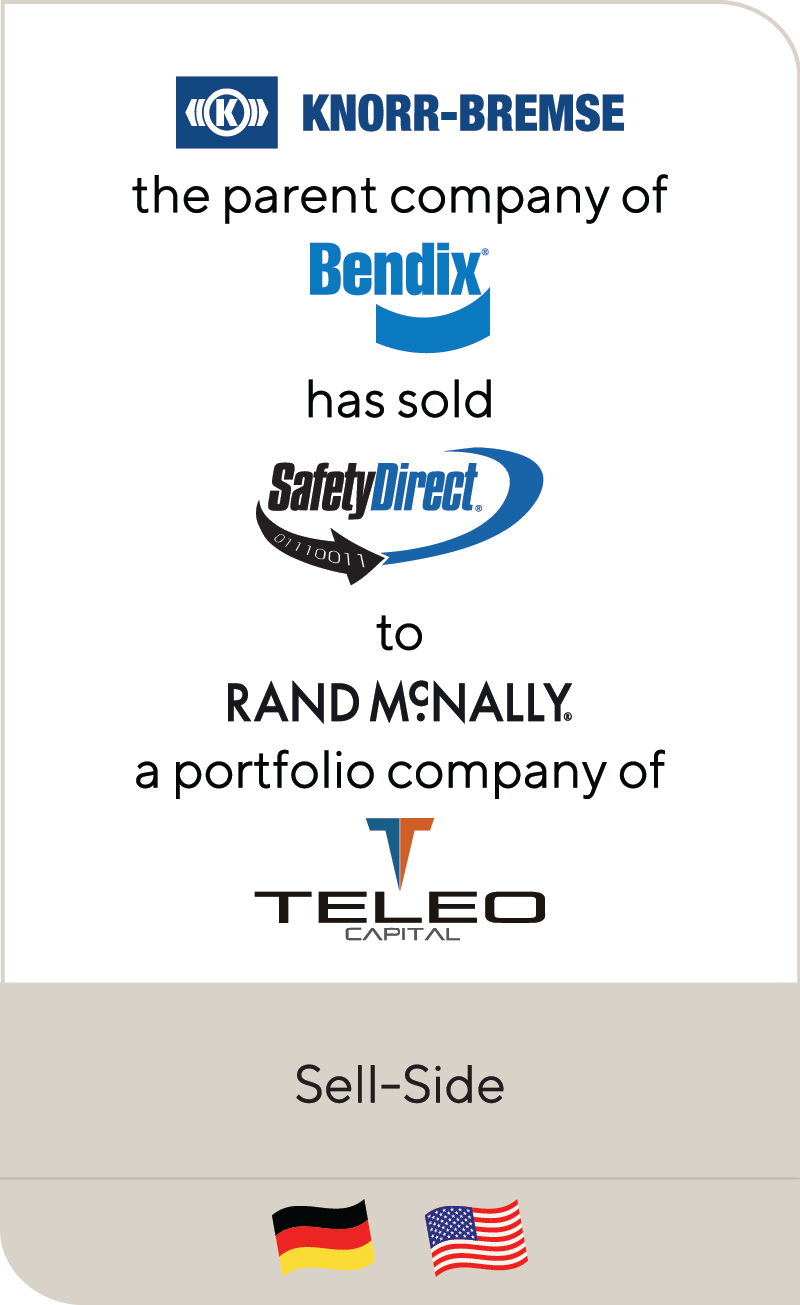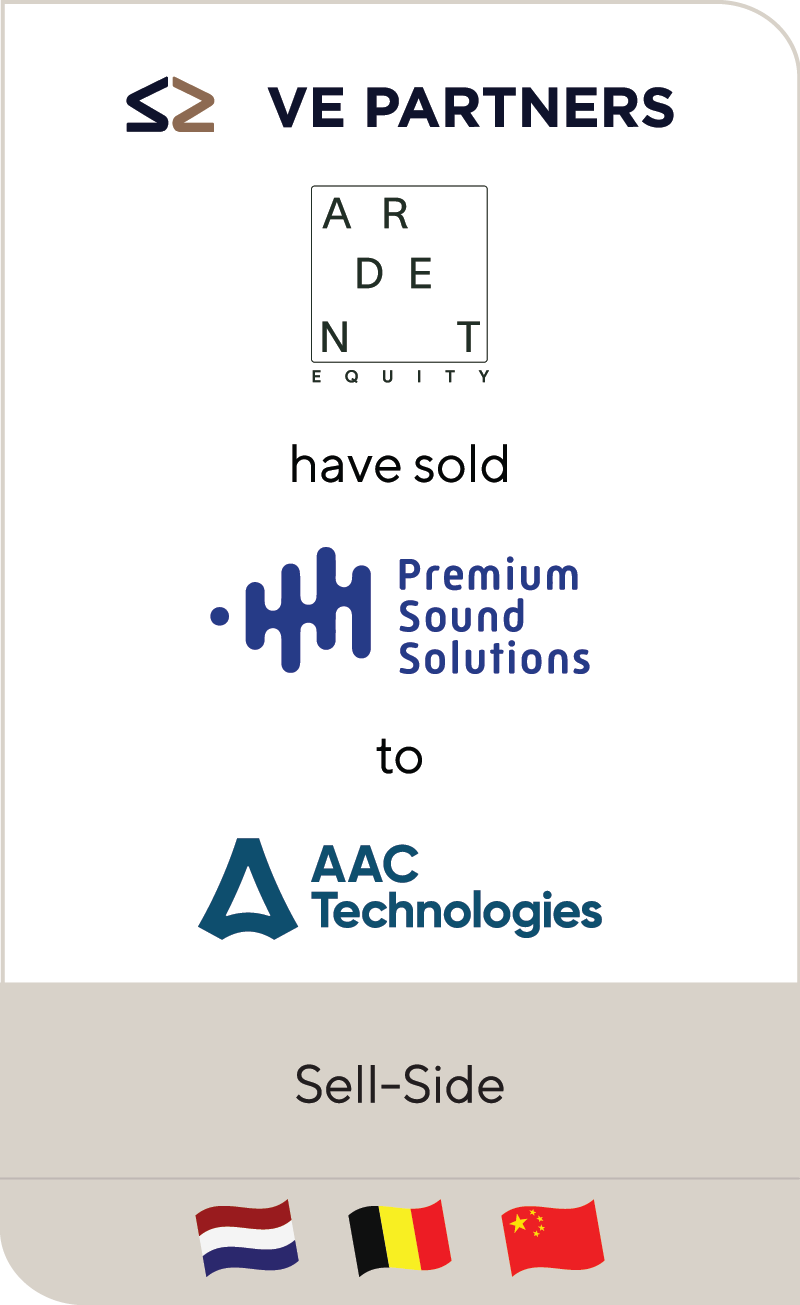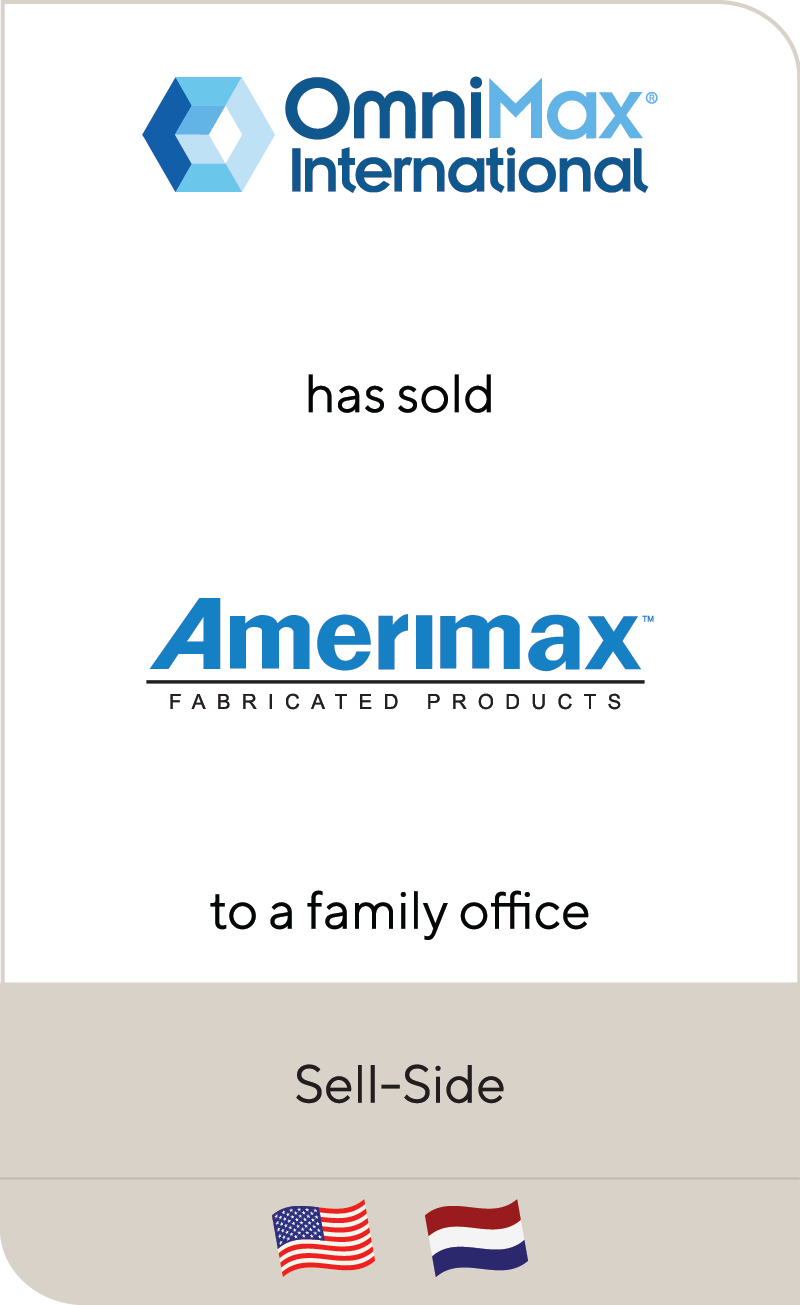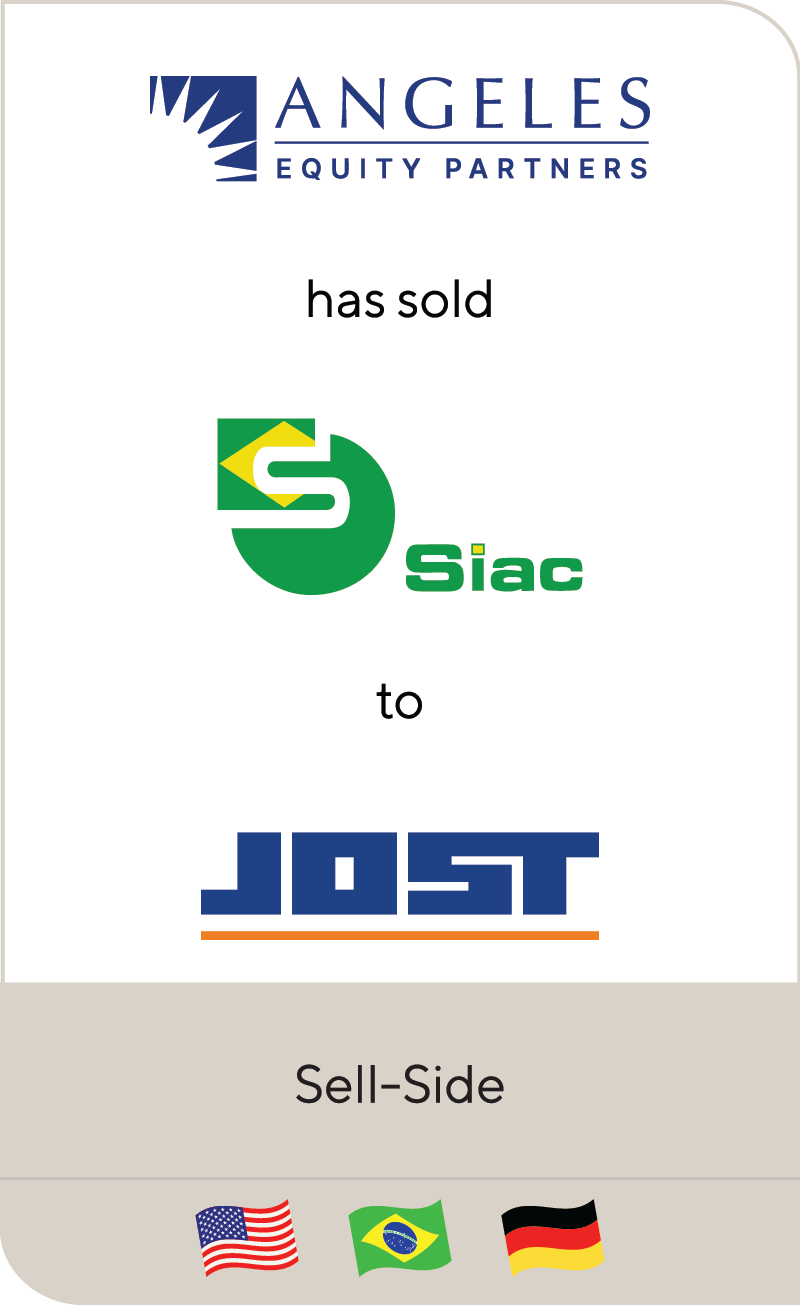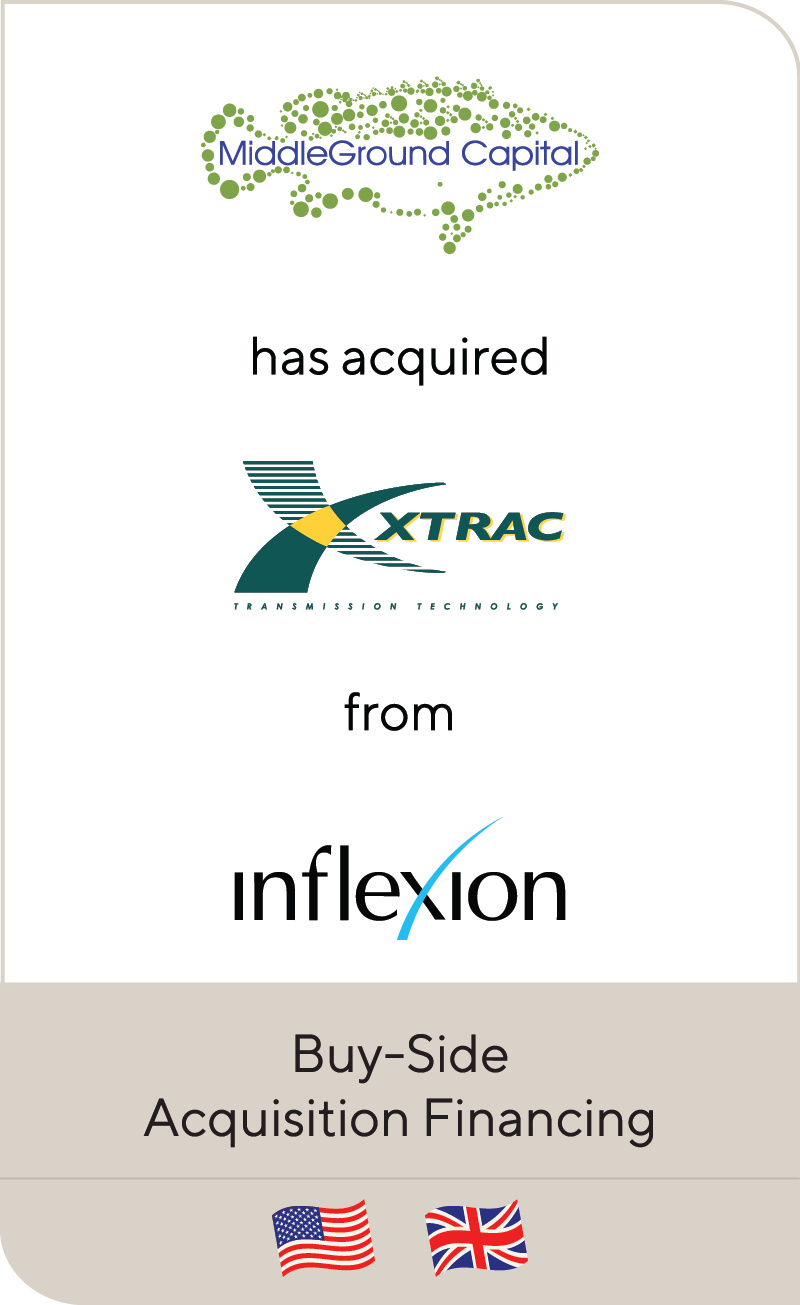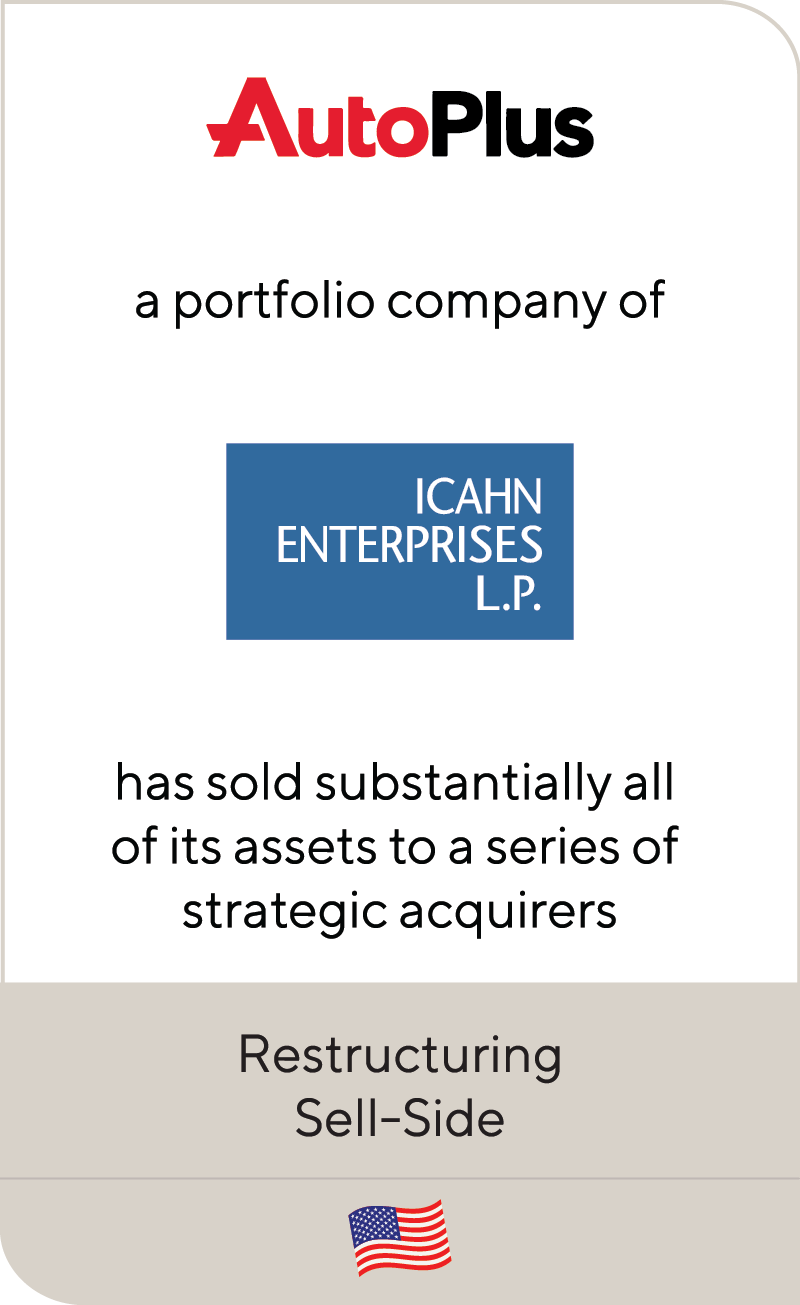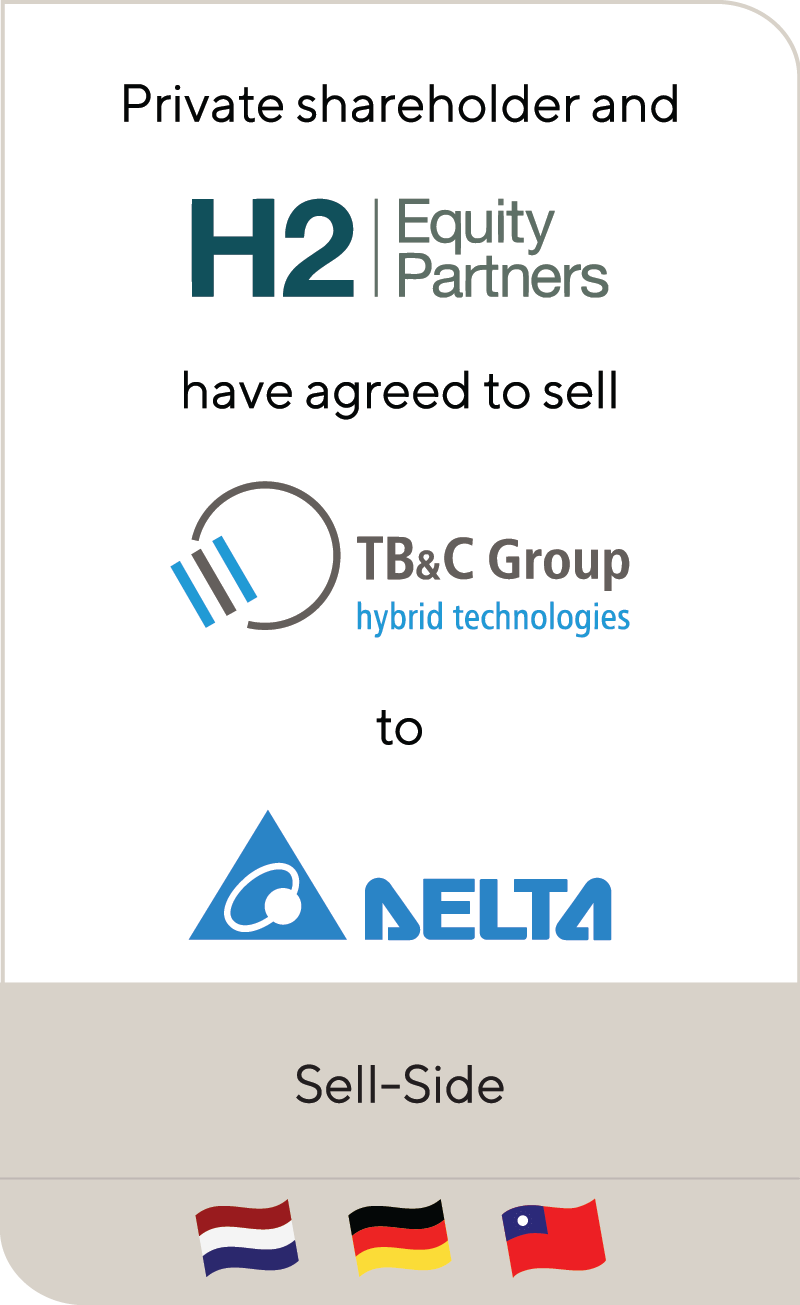As the Auto Industry Navigates the Pandemic, How Quickly will M&A Rev Up?
Oct 2020
The automotive industry is once again showing its resilience as it navigates the impacts of the COVID-19 crisis. Second quarter earnings from the publicly traded automotive supplier set were generally more positive than expected, and expectations have heightened for the third quarter. After the extensive plant shutdowns in April and May, OE assembly plants and component supplier facilities have ramped up production with very few issues despite the complexity of the supply chain. The OEMs are focused on rebuilding inventory from historically very low levels – at the end of September inventories were still some 12% below the five-year average. Demand too, has generally returned more quickly than expected with September sales in the U.S. at 1.34m units compared to February 2020’s 1.36m; year on year sales at 16.3m were down only 2.4% compared to June’s 26.2% shortfall.
While there are still many challenges and fears of a second COVID-19-induced shutdown remain, what is the outlook for M&A in the sector as the overall recovery continues?
Impact of COVID-19 on Automotive M&A
As expected, automotive M&A was significantly reduced as COVID-19 impacted the industry. Internal focus was key as the pandemic hit: addressing the operational challenges of the shutdown and the associated cash burn were paramount. In the automotive OE component sector in North America, the number of transactions in Q2 fell by two-thirds from 41 to just 11, with the disclosed value of transactions falling from almost $9bn to just $300m in Q2. In Q3 the number of transactions rose to 23 as the industry continues slowly return to pre-COVID-19 levels with the disclosed value of transactions reaching $4bn.
North America Automotive Component M&A Summary
Summary
-
Lincoln International’s automotive & truck team discuss COVID-19's effects on the automotive industry and what its resilience means for M&A in the sector.
- Click here to download a printable version of this perspective.
- Sign up to receive Lincoln's perspectives
Factors that will Drive a Resumption of M&A in the Sector
As the industry ramps up, we project there will be a strong bounce back in M&A. This will be driven by various factors which we review below:
1. Distress
|
|||
2. OEMs Driving Further ConsolidationAs distress rises, OEMs will be forced to choose between the winners and losers: which suppliers are strategically important enough to survive; which should be allowed to wither away with their book of business being taken over by a stronger supplier. As in previous downturns, OEMS are encouraging their key Tier 1 suppliers to monitor the health of Tier 2 and 3 suppliers beneath them and intervene, if necessary, to ensure continuity of supply. Again in Germany we have seen for example, the Rege machining business, previously owned by JD Norman, struggle to find a new owner as the OEMs were not prepared to commit new business to Rege which did not have enough strategic support as a going concern. |
|||
3. Move Away from Global Platforms and the Trend Towards the Localization of ProductionWith the enormous capital requirements OEMs are facing to reposition their businesses for the significant impact the CASE trends are having on the industry and with a deteriorating global trade picture, OEMs are critically assessing their global operations to release capital and stem loss-making operations. We have seen GM exit Europe, Ford exit its commercial vehicle business in South America and several OEMs close operations in the UK driven by Brexit. At the same time with trade barriers rising making the export of vehicles an unviable strategy, the trend to localized vehicle assembly is increasing. We have seen significant investment in North America by both German and Japanese OEMs in the last ten years to establish local assembly operations with overseas suppliers following and establishing their own operations often by acquisition. This trend is accelerating with OEMs, such as Toyota which upped its investment in the U.S. by 30%to $13 billion by 2021 and Volkswagen which is to invest near $1 billion in its Chattanooga facility to develop battery cells for electric cars. This desire for a local presence will be met in many instances by an acquisition led strategy. |
|||
4. Continued Emphasis on Investments Behind CASE TrendsDespite the significant cash burn caused by COVID-19 in the first half of 2020 – over $30bn by the Detroit Three alone – both OEMs and Tier 1s are continuing to invest heavily to position themselves for the transformative impact these trends are having on the industry. M&A and partnerships will continue to be important tools in this effort. In Q2 / Q3 2020 we have seen Amazon’s acquisition of Zoox in the autonomous driving space; Lincoln advised Preco Electronics, a radar-based ADAS business focused in the HVOR space, on its sale to Sensata at the height of the pandemic. Investment will continue in these areas and will accelerate as the industry emerges from COVID-19. |
|||
5. ValuationDespite possible ongoing challenges, valuations in the auto sector – which were hit hard at the height of the pandemic – have largely recovered. Per the chart below, an index of North American suppliers is down only ~17% today when compared to the beginning of the year. There is a focus on 2021 forward earnings in looking at valuations today and the publicly traded set is trading at a shade less than 6x 2021 EBITDA.
|
|||
6. Improving Earnings Outlook for SuppliersWith COVID-19 resulting in production shutdowns and severely impacting earnings in Q2, this was clearly not the time to be selling a business – many transactions went on hold unless in the aftermarket or in areas where the CASE trends provided insulation – or unless distress was a driver. With the strong rebound in production experienced in Q3 in North, America suppliers have started to rebuild their earnings profile demonstrating their post COVID-19 cost structure. We expect buyers to evaluate businesses on a combination of annualized Q3/Q4 earnings and a look forward to 2021. The rebuilding is generating more confidence in the outlook for the industry, although clearly there remains uncertainty around the demand picture and the risk of further COVID-19 disruptions remains. |
|||
7. Returning Financial Buyer and Lender AppetiteFor private equity investors, there has been a focus on seeking out distressed opportunities, but as noted, these have been fewer than expected. Those that have been successful are long term players in the industry: MiddleGround has acquired the operations of Dura and has also lodged a stalking horse bid for the assets of Shiloh; KPS announced the proposed acquisition of Garrett Motion through a bankruptcy process too. Investors are carefully calibrating other impacts of the COVID-19 pandemic on the industry, including the slowdown in business and leisure travel and the accompanying increase in working from home, lower fleet vehicle sales, volume pull-forward and the increase in used vehicle sales. Altogether, strong operational performance, value-added engineering and technology and continued strength in winning new business will be essential for automotive suppliers to attract new capital. Investors remain open for business and will aggressively pursue best-in-class assets. We also recently surveyed middle market lenders to gather perspectives on appetite for lending in the automotive OE space. Lenders are looking at opportunities cautiously and there is debate regarding the best way to analyze ongoing performance in the automotive supply chain: focusing on the traditional trailing 12-month view of performance clearly penalizes suppliers for the impact of COVID-19 and so lenders are focusing on the post COVID-19 recovery period and the view forward into 2021. With businesses building a longer post COVID-19 record as we move into Q4 2020, lenders are placing more emphasis on trended performance for Q3 2020 and would like to see a longer-term recovery trend through Q4 2020. Most agree that forecasts for 2021 and 2022 production volumes will be critical in evaluating opportunities. |
|||
All told then we see a continuing recovery in automotive M&A as we move towards the end of the year and into 2021 with several factors driving this. As the leading advisor to the industry, we are well positioned to help execute your strategic objectives and initiatives.
Contributors
Professionals with Complementary Expertise
Related Perspectives

“Leader to Leader” Series
The Leader to Leader video series turns up the dial on rich conversations with prominent leaders – from business owners and entrepreneurs to investors and CEOs – highlighting their stories… Read More

Lincoln’s Latest
Lincoln’s Latest video series features experts from across industries, services and geographies, sharing perspectives on current trends, recent observations and future outlooks.

The Lead Left | Webinar: 2023 M&A Outlook
Lincoln International is pleased to have participated in The Lead Left Presents: 2023 M&A Outlook, a webinar discussing market activity and expectations for the coming year. A few key takeaways… Read More

Lincoln International adds John McClure as Managing Director
Lincoln International, a leading global investment banking advisory firm, is pleased to announce the addition of John McClure as a Managing Director in the firm’s automotive and truck sector, a… Read More

















